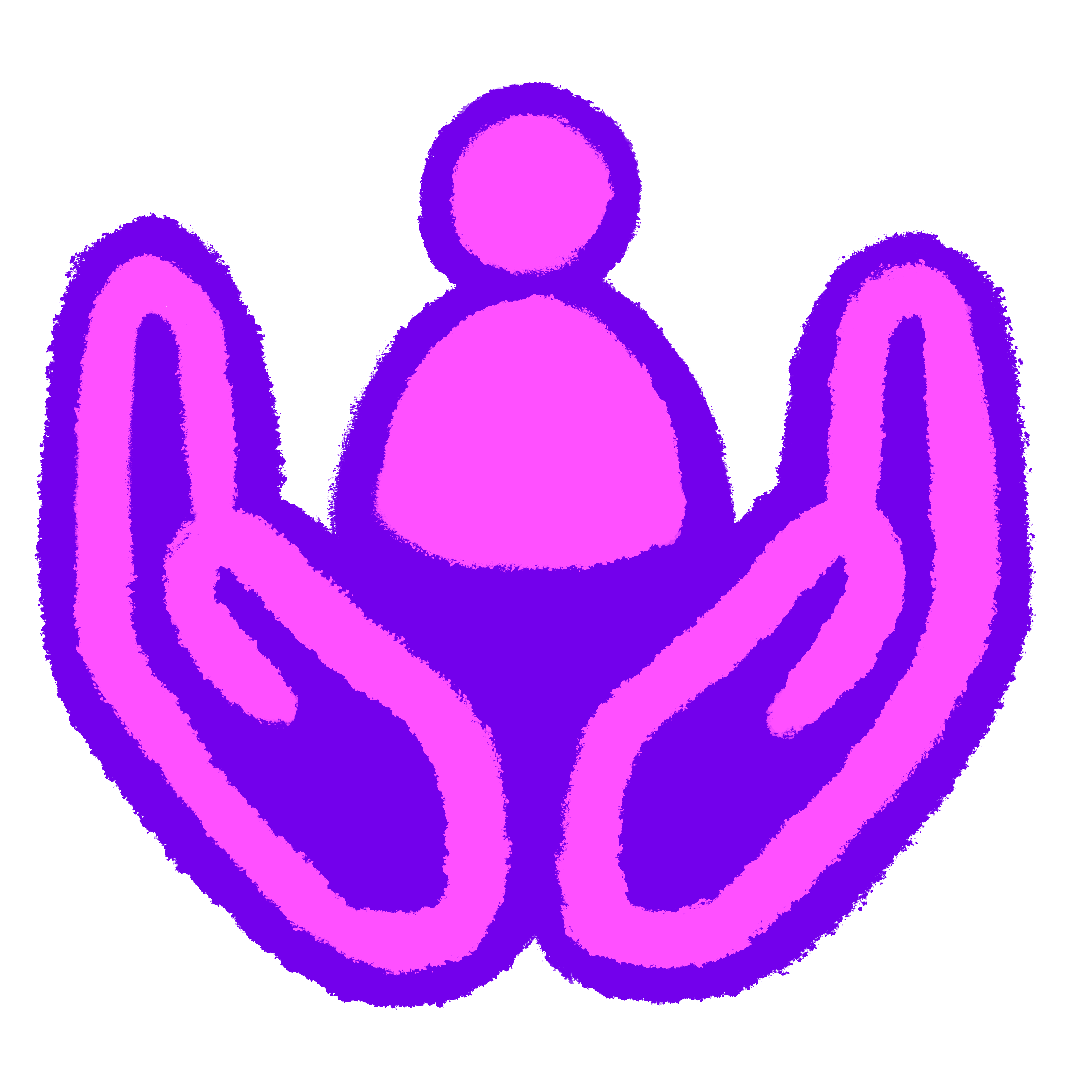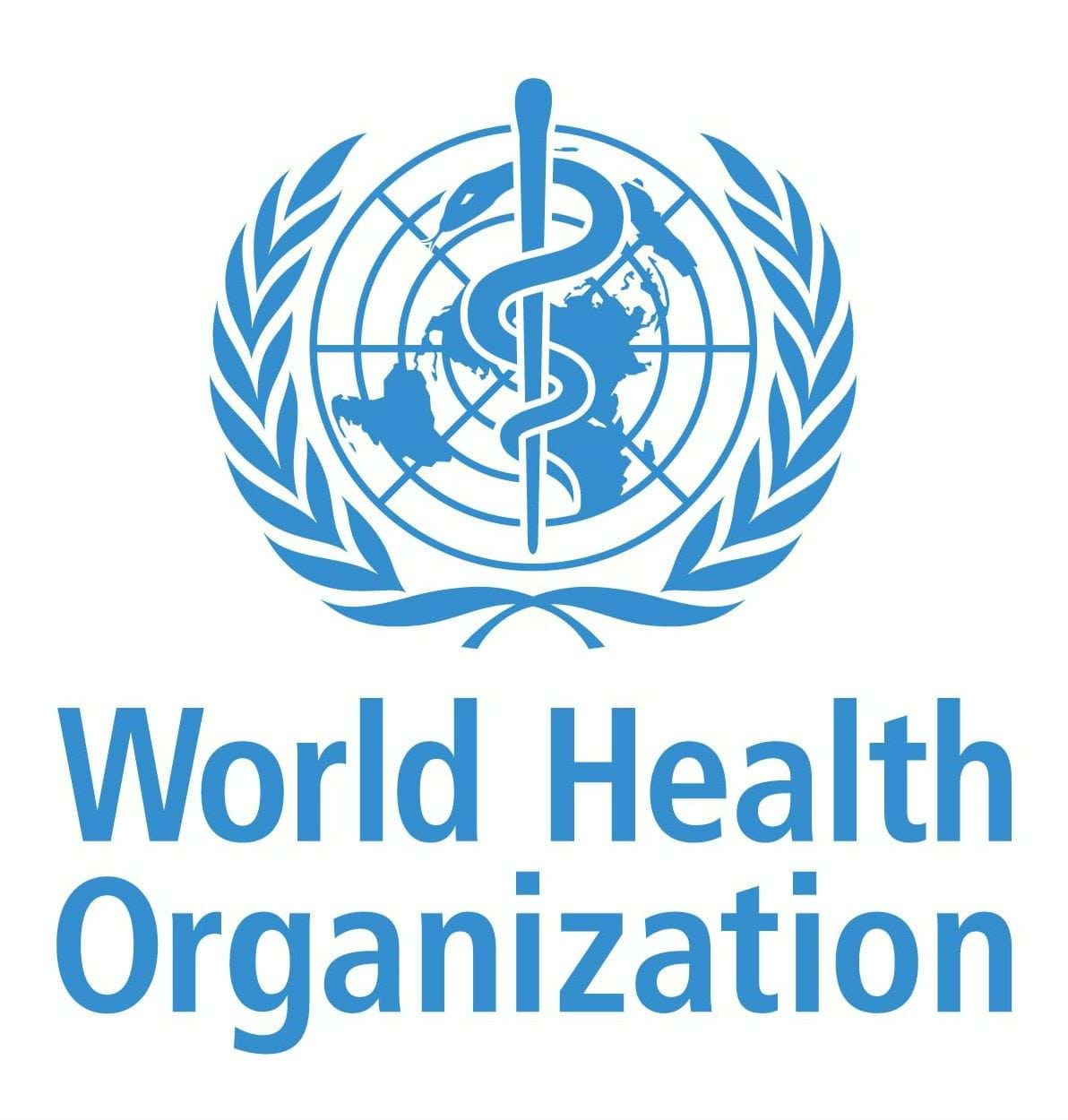Agenda for Action for Adolescents

Download: Agenda for Action for Adolescents
Over 1.8 billion adolescents and youth (10-24 years old) live in the world today – more than ever before. Their experiences, voices and needs are vital in shaping the world.
Adolescents and youth have the right to autonomously determine and lead their lives, in line with their evolving capacities, without fear of harm, violence, or discrimination based on their identities and life choices, feeling a sense of connectedness and belonging, and growing in a positive and nurturing environment.
To meaningfully engage with adolescents and youth, in all their diversity, amid growing inequity and increasing vulnerabilities due to pandemics, climate crises, humanitarian, and conflict situations, and economic inequality, this Agenda for Action for Adolescents (AAA) highlights seven priorities for urgent action.
Young people themselves have determined these priorities. They have been distilled from expert analysis of more than 1.2 million responses from adolescents and youth aged 10-24, who participated in the “What Young People Want” survey, which gathered responses from over 90 countries, as well as testimonies shared during global online townhall meetings.
This Agenda defines a path forward for governments, in partnership with stakeholders from all sectors, to develop and implement policies and programs that deliver on these priorities. It advances the adolescent agenda within the current Sustainable Development Goals and sets the scene for the post-2030 global development agenda, co-developed with, and owned by adolescents and youth.
We, adolescents and youth along with 1,400+ PMNCH partner organizations, call on governments, donors, development partners, and all stakeholders to protect and promote the well-being of adolescents and youth through strengthened domestic investment and policies, supported by international cooperation, to:
 1. Provide universal primary, secondary, and tertiary education, and vocational training to ensure all adolescents and youth develop skills aligned with modern labor market
demands and are protected by strengthened labour laws and policies to provide decent jobs, meaningful career options and safe working environments.
1. Provide universal primary, secondary, and tertiary education, and vocational training to ensure all adolescents and youth develop skills aligned with modern labor market
demands and are protected by strengthened labour laws and policies to provide decent jobs, meaningful career options and safe working environments.
 2. Provide affordable, high-quality adolescent health and well-being services, especially to adolescent parents, including through “one-stop shops”, digital platforms, and peer-led
models that bring care closer to communities, including primary health-care services, schools, and community-based services.
2. Provide affordable, high-quality adolescent health and well-being services, especially to adolescent parents, including through “one-stop shops”, digital platforms, and peer-led
models that bring care closer to communities, including primary health-care services, schools, and community-based services.
 3. Ensure mental well-being and resilience by providing timely and flexible, access to affordable and quality evidence-based information, services, psychosocial support, therapy, and destigmatizing
mental health conditions.
3. Ensure mental well-being and resilience by providing timely and flexible, access to affordable and quality evidence-based information, services, psychosocial support, therapy, and destigmatizing
mental health conditions.
 4. Reform harmful and punitive laws and institute affirmative and protective laws and policies that facilitate access to education, healthcare, and other wellbeing services, and provide safe
public spaces including roads. Laws and policies should protect adolescents and youth from all forms of violence, discrimination, and harm, including sexual, gender-based, and domestic violence. Ensure age of consent laws do not deprive access to
essential SRH services and information, including HIV services, contraception, and safe abortion, while protecting against child, early and forced marriage.
4. Reform harmful and punitive laws and institute affirmative and protective laws and policies that facilitate access to education, healthcare, and other wellbeing services, and provide safe
public spaces including roads. Laws and policies should protect adolescents and youth from all forms of violence, discrimination, and harm, including sexual, gender-based, and domestic violence. Ensure age of consent laws do not deprive access to
essential SRH services and information, including HIV services, contraception, and safe abortion, while protecting against child, early and forced marriage.
 5. Strengthen and establish social protection policies and mechanisms that meet the unique needs of adolescents and youth, through income generating programs and safety nets for vulnerable
adolescents including cash transfers and food security.
5. Strengthen and establish social protection policies and mechanisms that meet the unique needs of adolescents and youth, through income generating programs and safety nets for vulnerable
adolescents including cash transfers and food security.
 6. Prevent stigma and discrimination against adolescents and youth in all their diversity through legal protection and awareness raising including among all stakeholders providing Comprehensive Sexuality Education (CSE) in and out of school.
6. Prevent stigma and discrimination against adolescents and youth in all their diversity through legal protection and awareness raising including among all stakeholders providing Comprehensive Sexuality Education (CSE) in and out of school.
 7. Strengthen the agency of adolescents and youth by providing meaningful social and civic participation and allocating adequate resources to support youth and adolescent centred accountability
mechanisms, to track the implementation of the Agenda for Action for Adolescents, utilising existing mechanisms at the national, regional, and global levels, such as the Voluntary National Review and Universal Periodic Review.
7. Strengthen the agency of adolescents and youth by providing meaningful social and civic participation and allocating adequate resources to support youth and adolescent centred accountability
mechanisms, to track the implementation of the Agenda for Action for Adolescents, utilising existing mechanisms at the national, regional, and global levels, such as the Voluntary National Review and Universal Periodic Review.
To realize the Agenda for Action for Adolescents, PMNCH commits to the following action plan for the period 2023-2025:

 Facilitating meaningful engagement of adolescent and youth groups within national multi-stakeholder platforms, through policy dialogues ensuring that their perspectives inform decisions and national priorities.
Facilitating meaningful engagement of adolescent and youth groups within national multi-stakeholder platforms, through policy dialogues ensuring that their perspectives inform decisions and national priorities.- Promoting co-leadership with adolescents and youth to meaningfully engage and empower them, especially adolescent girls and other marginalised groups, to become leaders of today and tomorrow, and ensure that policies and programs are developed with equal participation and active leadership from them to inform all critical decisions around adolescent well-being.
- Compiling evidence on adolescent and youth experiences and preferences to strengthen decision-making and accountability, based on high-quality data and research, co-created with adolescents, and disaggregated by age, sex, sexual orientation, gender identity and expression, disability status, location, marital status, educational attainment, socio-economic status, employment status, among other parameters.
- Promoting integrated, ‘all of government’ planning, across health, finance, security, gender, education, employment, food systems for optimum nutrition, and technology, to ensure more cohesive and comprehensive programming and policymaking by government departments, based on meaningful engagement of all stakeholders on the priorities above, including the private sector.
- Supporting endorsement and dissemination of the Agenda for Action for Adolescents by all relevant advocacy communities, dedicated to education and skills-building, health, nutrition, social protection, and other domains required to promote adolescent well-being and health.
- Mobilizing measurable commitments to the Agenda for Action for Adolescents from governments and all stakeholders, including the private sector.

.png?sfvrsn=6d0e27cd_1)



